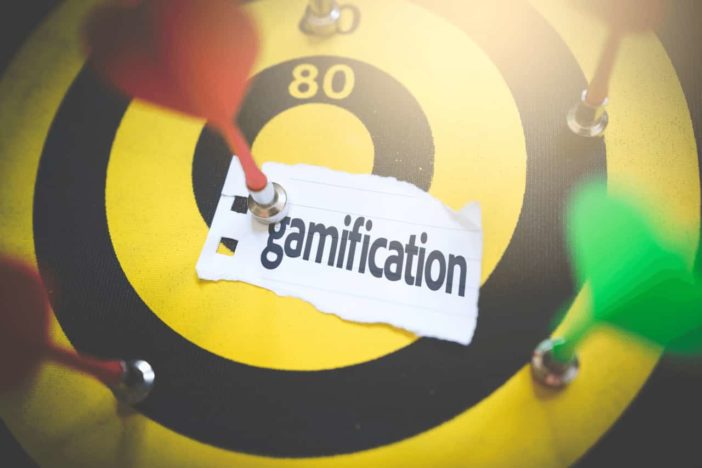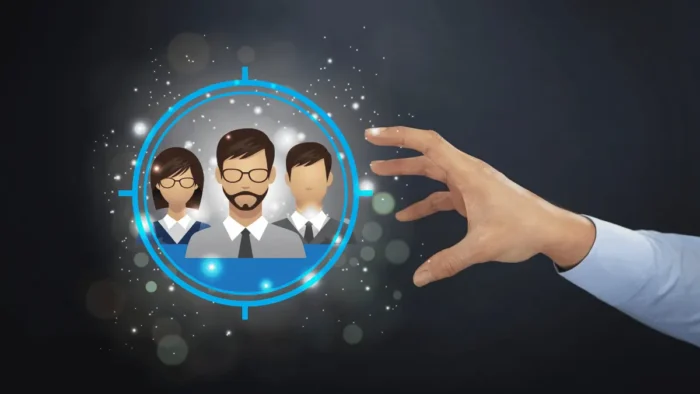Marketing and advertising campaigns have always been about creating an emotional response in the audience. But nowadays, it’s more about having a genuine, human connection. Gamification helps businesses do this. Gamification is a powerful tool that can help you get your message across in creative ways.
Marketing is much more than conveying what your customers ought to buy. You need to make sure that your brand connects with them by creating a positive image, a desire to buy, or empowering brand loyalty. Designing interactive marketing content with gaming elements is a creative and effective way to achieve this. Incorporating gamification in your marketing plan boosts customer engagement as visitors enjoy interacting with their favorite brand. It can be a win-win situation for all.
However, how do you implement it so it delivers the expected results?
We present some effective strategies to liven up your marketing strategy. However, before everything else, we need to wrap our heads around the concept of gamification.
Table of contents
What is Gamification?
Gamification involves applying gaming elements like rankings, rewards, competitions, and scoring systems in systems outside their original scope. For marketing gurus, this process helps to leave a profound impression on the brand or product. While gamification is rather prevalent in online learning, it also has taken its steps in cybersecurity training.
Overall, the intention behind gamification paired with marketing can be a way to stand out. Among a dozen of traditional promotional campaigns, gamified ones are certain to leave a lasting impact.
Around 64% of Americans are gamers, and, on average, a millennial spends 96 minutes on the phone daily playing games. Gamification, therefore, can help businesses rev up their sales and raise profits. Used by companies like Coca-Cola, Nike, and McDonald’s, the dynamic marketing strategy of gamification has done wonders in helping achieve marketing goals.
But what does that really mean? In a nutshell, gamification is the process of using game mechanics, like points, leaderboards, and challenges to motivate consumers and improve your campaign performance. Game mechanics can be used to track and encourage specific customer behaviors, but they can also help build a community around a product or service.
Now without any further ado, we bring you the gamification strategies to boost your marketing campaign.
Loyalty Programs
Some customers use the products of a certain brand repeatedly. They remain loyal to the brand. Loyalty programs are created to reward and recognize such customers. It’s a way the brand shows its appreciation to the customer for his loyalty.
Under these programs, the customers are assigned points whenever they buy anything. The points keep rising with every purchase the customer makes. The points earned can win rewards in the form of discounts when the customer buys something in the future, coupons, or some exclusive offer. A customer may be enticed to buy more with the incentive to qualify for more reward programs. The rewards create a feeling that being loyal to the brand is an achievement that brings various incentives.
Badges and Customer Accounts
Another gamification technique you may include in your marketing strategy is introducing digital badging. These are a popular form of gamification used by businesses like Facebook to recognize regular visitors in the form of trophies like “Top Fans” or Google Maps to recognize top contributors as “Local Guides.” These badges recognize the effort the audience puts into using the products or services you offer.
The customers put more and more effort into earning the badges as it’s seen as an accomplishment. Unlocking higher levels to earn more badges translates into greater interaction with your brand. Badges are a great motivator for encouraging customers to give your brand more time. Active participants may be rewarded with a badge, and interaction with other customers may be encouraged by creating customer accounts to share regular feedback. It raises interactions with customers raising brand awareness.
Make Games Social
Gamification is all about creating experiences that reward users for their behaviors. As technology advances, we’ll likely see various additional ways to apply gamification.
One of the keys to gamification is creating games that are social.
It’s not often that games are actually used as tools for social change. However, with mobile devices and the rise of social networks such as Facebook and Twitter, there has been a push to use gamification in new ways. This gamification isn’t only about making the user play a game but instead making games social, fun, and interesting.
Making it social means that users should enjoy playing with others, and the experience should be enjoyable. A game isn’t only about playing against someone else; it also involves the creation of a community. This can be a very motivating force.
Design for Fun
Games need to be fun.
Gamification is the art and science of designing digital experiences that are fun. Designing an experience to engage players is as much about creating an experience that people will enjoy as it is about making the game or game experience easier to play and understand.
I mean that you want your users to enjoy playing your app. So, you want to give them opportunities to do things they can achieve with their game.
Add Interactivity to Everything
I’m convinced that everything has to have some sort of interactivity. You see so much information and so little engagement when you look around yourself. To me, that’s a huge problem because when there’s a lack of engagement, you can’t expect people to share. But when you have engagement, you have something to share.
Interactive content can be found on almost every game these days. We want to be able to interact with games from the very beginning.
The interactive game engages players and can help drive more conversions.
Create a Sense of Community
The majority of gamers like to have social connections through gaming. So if you’re looking for ways to create a community in your game, consider hosting a virtual hangout or starting a Facebook group for your game. Gamers are always looking to share tips and strategies and get advice from each other. This is the perfect way to build a community around your gamification strategy.
The community is a unique game component that creates a feeling of belonging. A sense of belonging is created by creating a community with common goals. People feel connected because they share common goals and feel like they belong in the group.
Provide Value for the Player
With your gamification strategy, you’re not just talking only to the audience of potential customers but also to the actual players. Make sure you understand their needs and goals of your them before you put together something valuable.
People need value from you, and they will be much more responsive to value than any other type of marketing. Suppose you don’t provide a clear value proposition that isn’t communicated clearly in a compelling way. In that case, you will not succeed with your gamification strategy.
They don’t care if you offer only amazing discounts. They also care about saving money, saving time, building new friendships, or learning something new. In other words, the player wants to be entertained, and you need to ensure they feel entertained.
Having discussed several gamification strategies, let’s examine how Nike has used gamification to boost brand awareness.
Nike+Run Club
The Nike+Run Club app shows how gamification can be used to boost customer engagement and interaction while creating strong brand awareness. With this app, you may set personal training targets, measure your performance, and interact with a community having shared interests. Information like the time taken to run and the distance covered may be shared on social platforms.
What makes Nike+Run Club truly engaging and interactive is the participants being rewarded with trophies and badges after completing challenges. It greatly improves the customer experience and creates amazing brand recall value.
Frequently Asked Questions
Gamification is an advanced marketing technique that uses: (1) game mechanics to increase player engagement, such as incentives and rewards; (2) Mechanics that help to control player behavior, such as limiting options and rules; and (3) Game design principles affect the entire playing experience, such as the player’s relationship to the game and its characters.
With gamification, you can get attention from your prospects. It will help you to inspire, motivate, and engage people in an activity without explicitly telling them how to perform it. Games here are used to encourage particular behavior.
You can use loyalty programs, customer accounts, and badges. Be sure that your games are social, fun, and have many interactive elements. Your gamification strategy should ensure a sense of community and provide real value for the players.
Conclusion
These days, ensuring stable sales and profits is by engaging and interacting with your customers. By acknowledging and rewarding brand loyalty in rewards, Gamification induces customers to make more purchases. Brands ensure more interaction with their customers by rewarding them with badges that acknowledge their contribution in the form of more time spent contributing to the sites.
It is clear that many industries can and have taken advantage of gamification. If you are looking for inspiration, there are many examples that you can find online. If any of the services or resources are unavailable to you, it is recommended to download a VPN (Virtual Private Network). It lets you manipulate your IP address and access websites as if you are browsing from another location. When you encounter geo-blocks, it is a simple solution to the problem. As soon as you find inspiration, try to make it happen for your product. In many cases, you will win big by trying something new.
Brands like Nike have developed apps to successfully reward customers after meeting challenges in raising brand awareness. Therefore, it’s more than just telling people what to buy. It engages them and lures them into making purchases through gamification, which works wonders.





